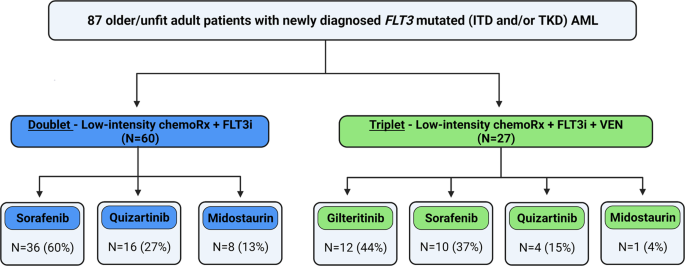
BACKGROUND Direct to operating room resuscitation (DOR) is used by some trauma centers for severely injured trauma patients as an approach to minimize time to hemorrhage control. It is unknown whether this strategy results in favorable outcomes. We hypothesized that utilization of an emergency department operating room (EDOR) for resuscitation of patients with abdominal trauma at an urban Level I trauma center would be associated with decreased time to laparotomy and improved outcomes. METHODS We included patients 15 years or older with abdominal trauma who underwent emergent laparotomy within 120 minutes of arrival both at our institution and within a National Trauma Data Bank sample between 2007 to 2019 and 2013 to 2016, respectively. Our institutional sample was matched 1:1 to an American College of Surgeons National Trauma Databank sample using propensity score matching based on age, sex, mechanism of injury, and abdominal Abbreviated Injury Scale score. The primary outcome was time to laparotomy incision. Secondary outcomes included blood transfusion requirement, intensive care unit (ICU) length of stay (LOS), ventilator days, hospital LOS, and in-hospital mortality. RESULTS Two hundred forty patients were included (120 institutional, 120 national). Both samples were well balanced, and 83.3% sustained penetrating trauma. There were 84.2% young adults between the ages of 15 and 47, 91.7% were male, 47.5% Black/African American, with a median Injury Severity Score of 14 (interquartile range [IQR], 8–29), Glasgow Coma Scale score of 15 (IQR, 13–15), 71.7% had an systolic blood pressure of >90 mm Hg, and had a shock index of 0.9 (IQR, 0.7–1.1) which did not differ between groups (p > 0.05). Treatment in the EDOR was associated with decreased time to incision (25.5 minutes vs. 40 minutes; p ≤ 0.001), ICU LOS (1 vs. 3.1 days; p











